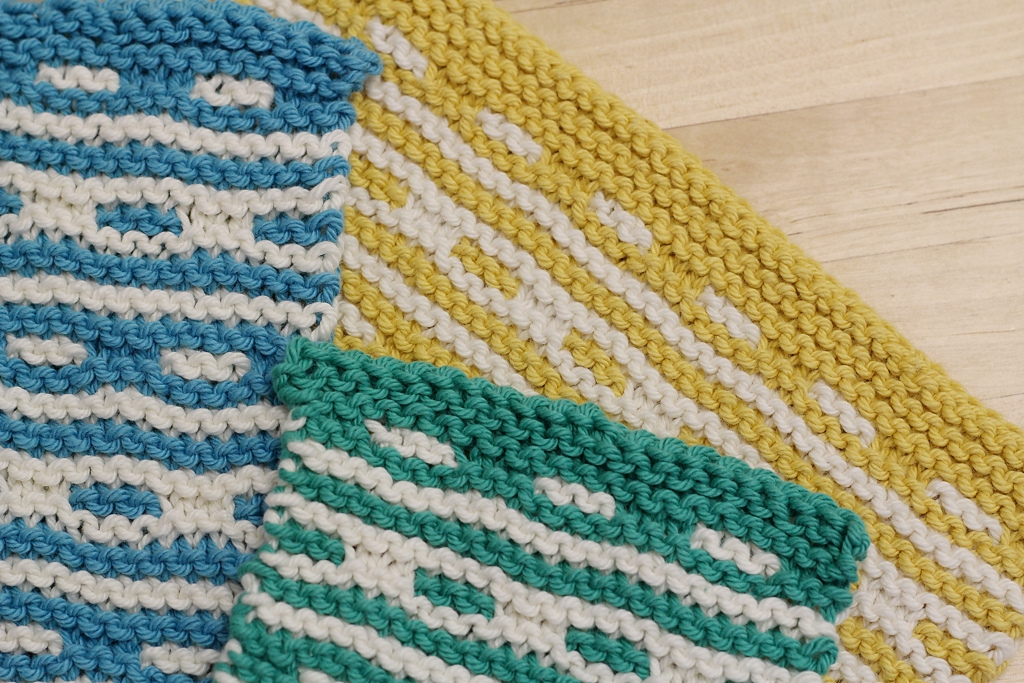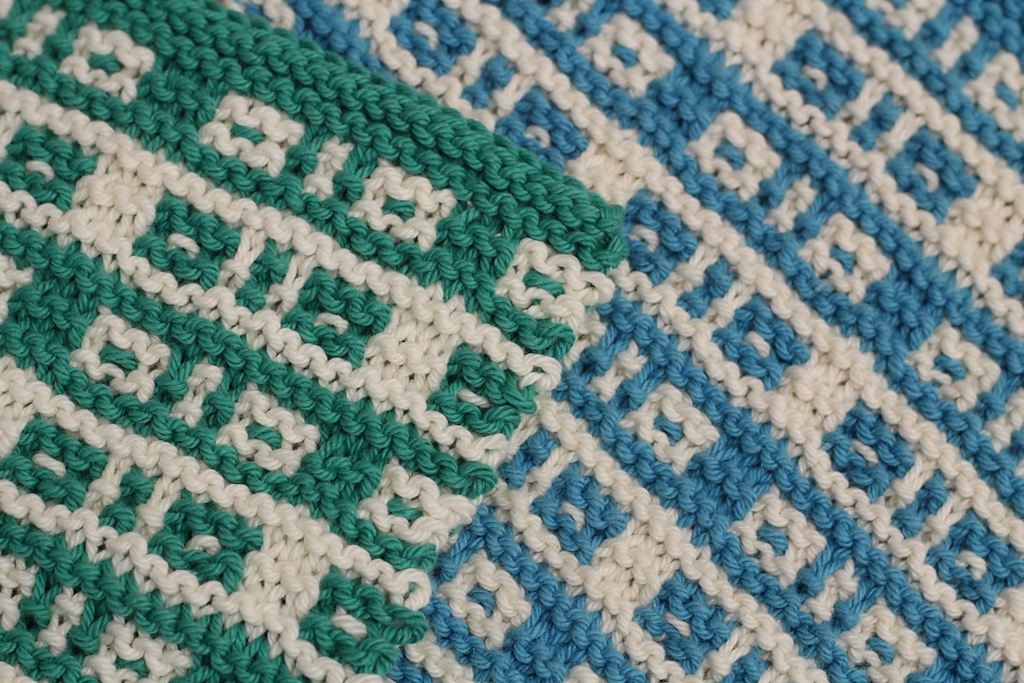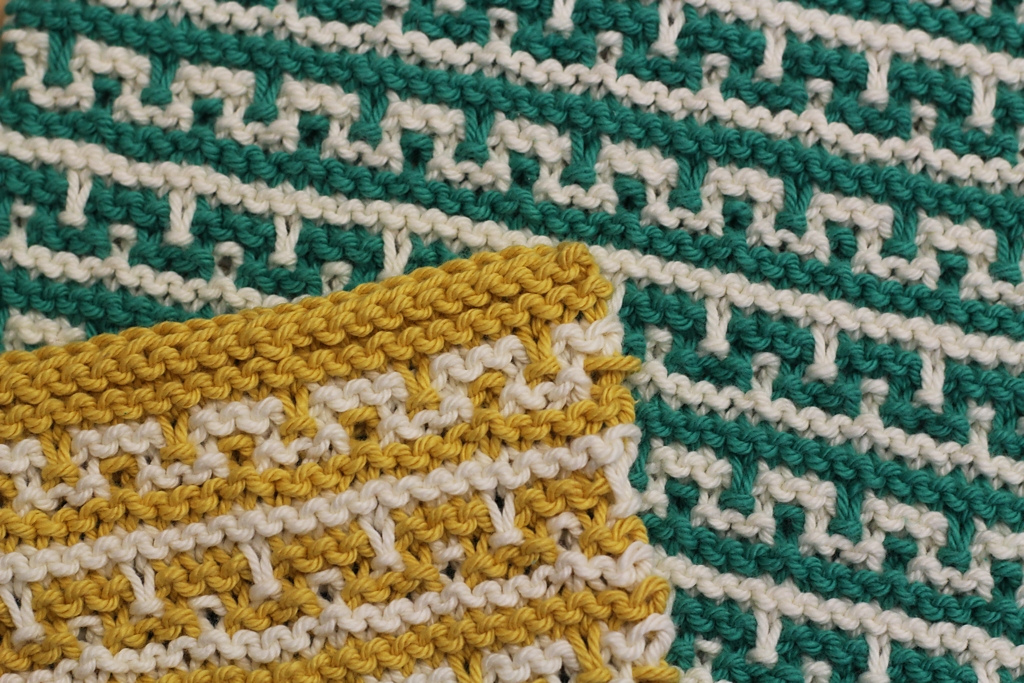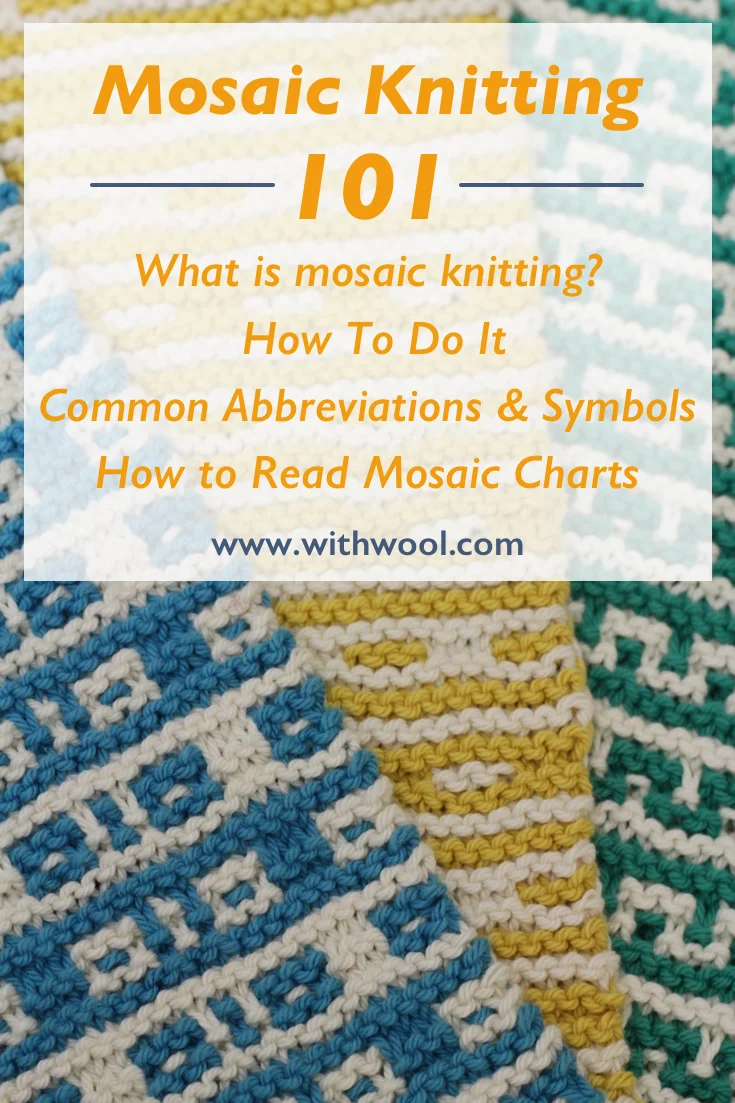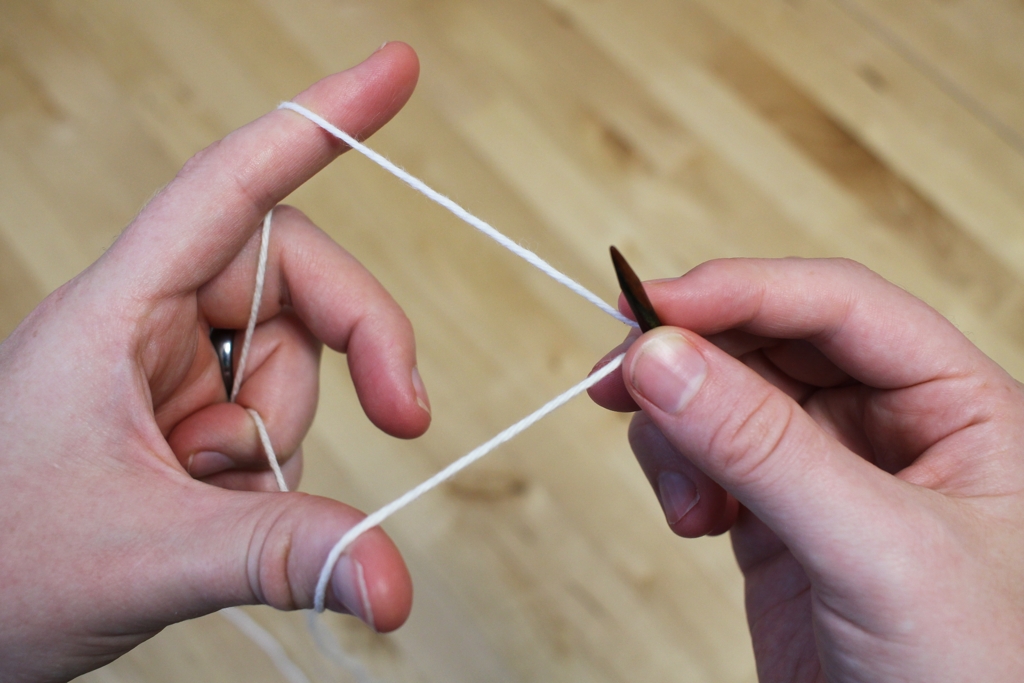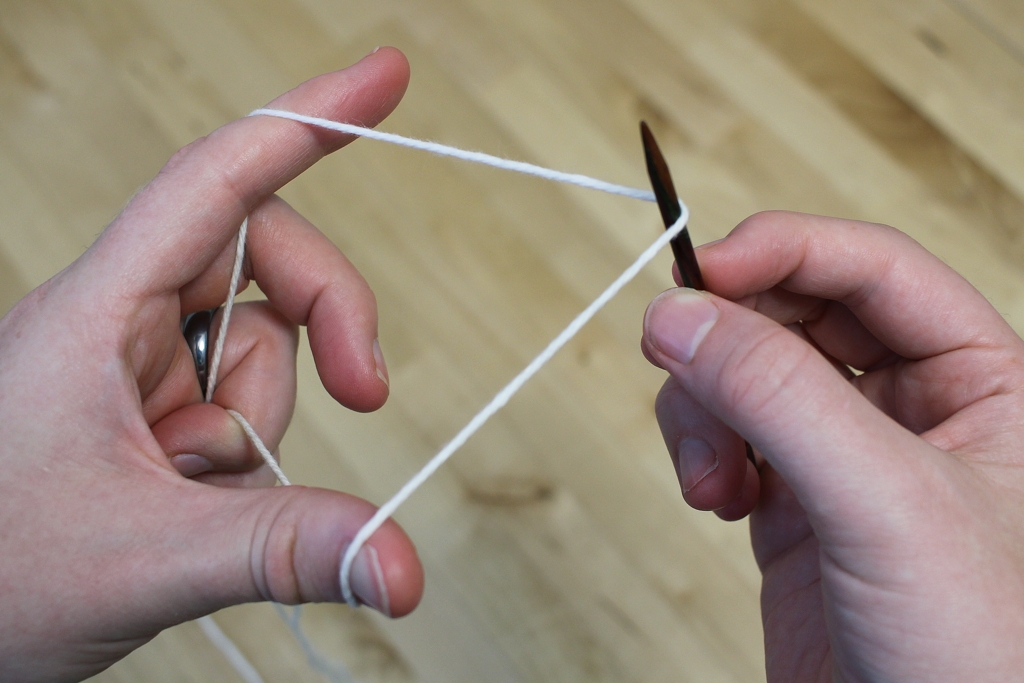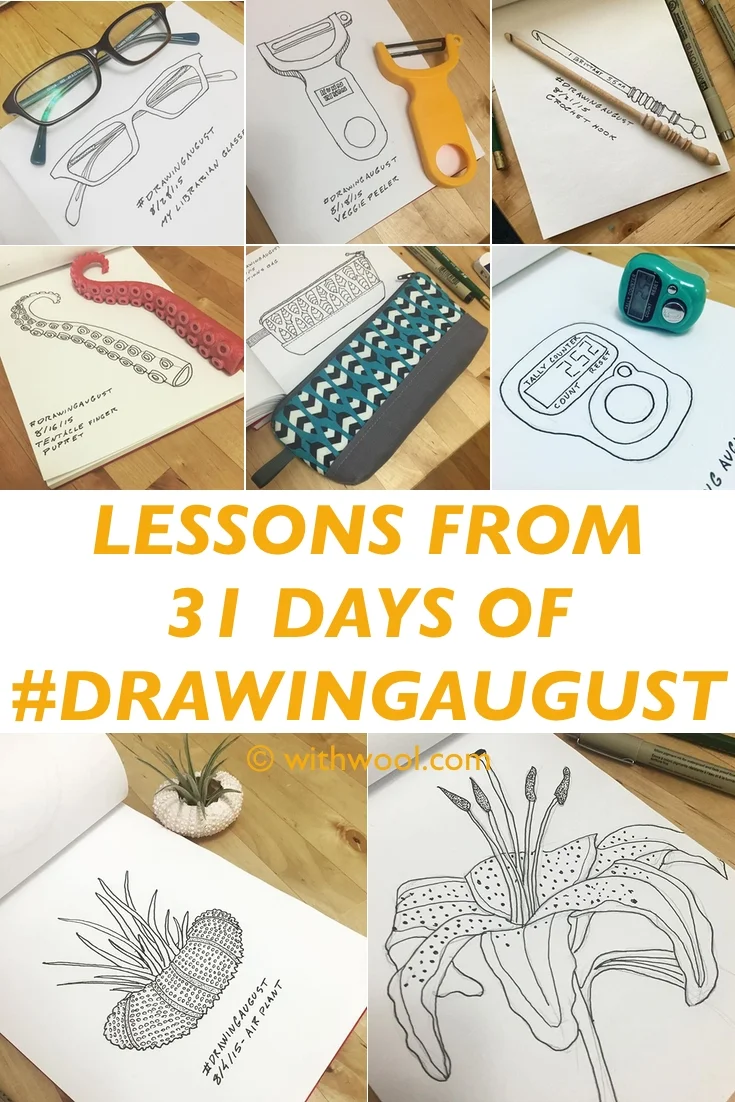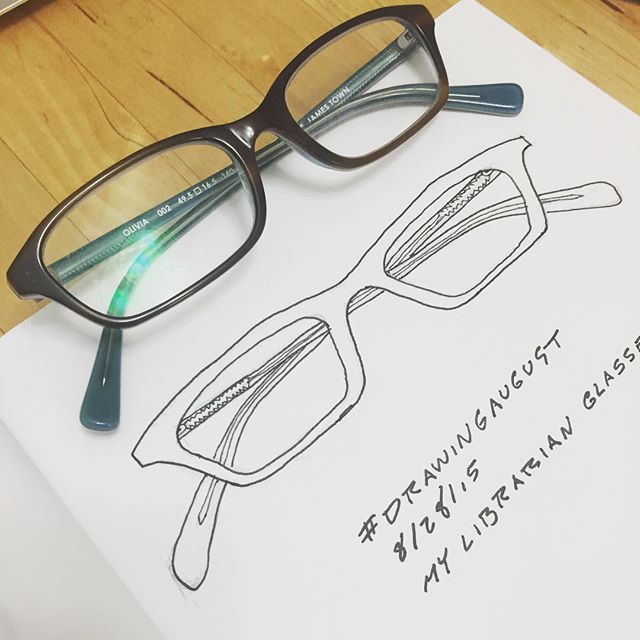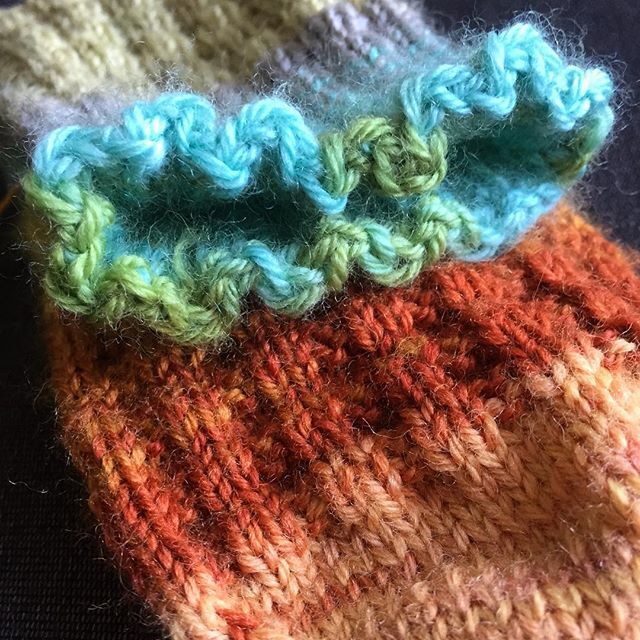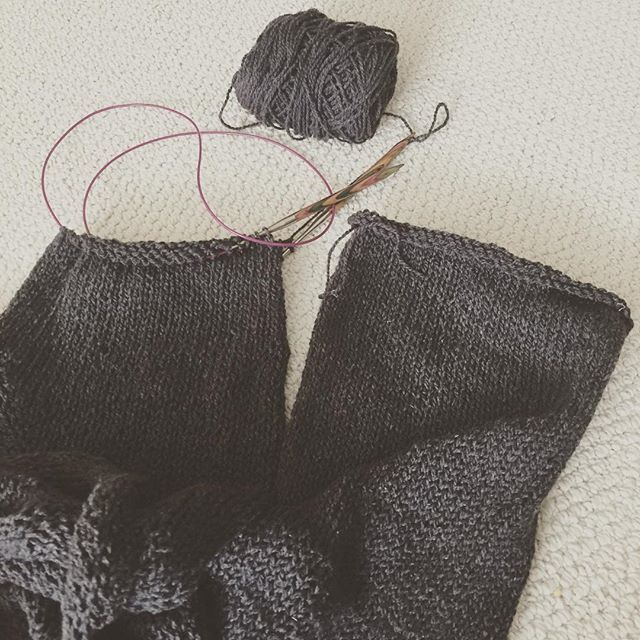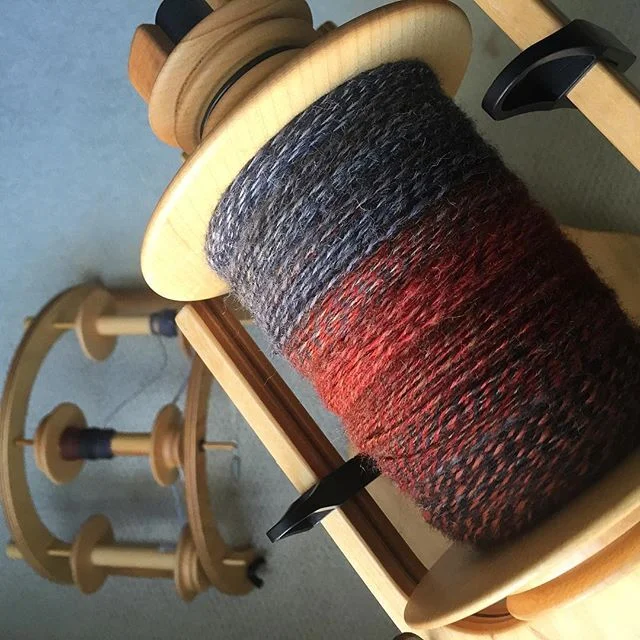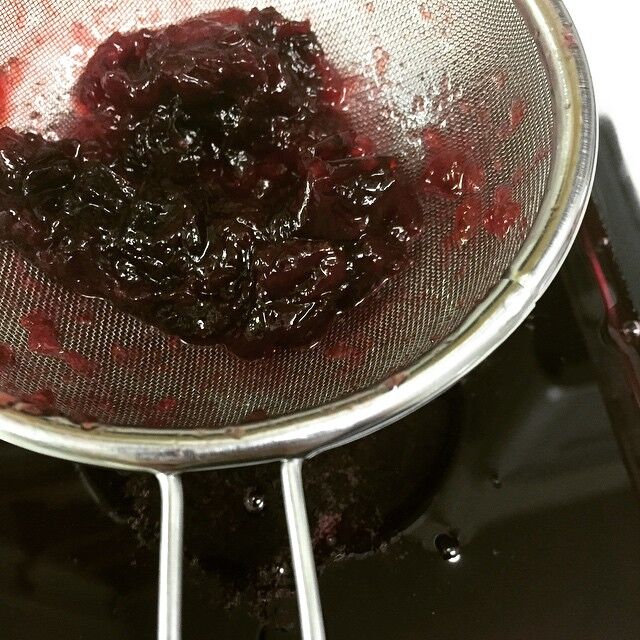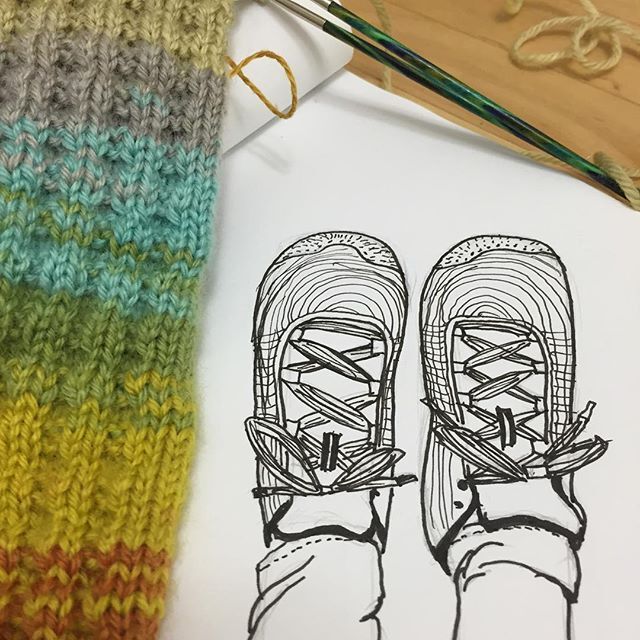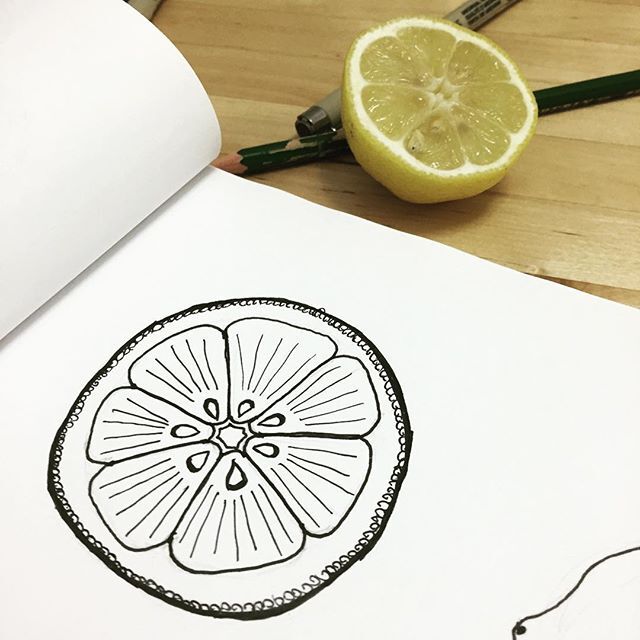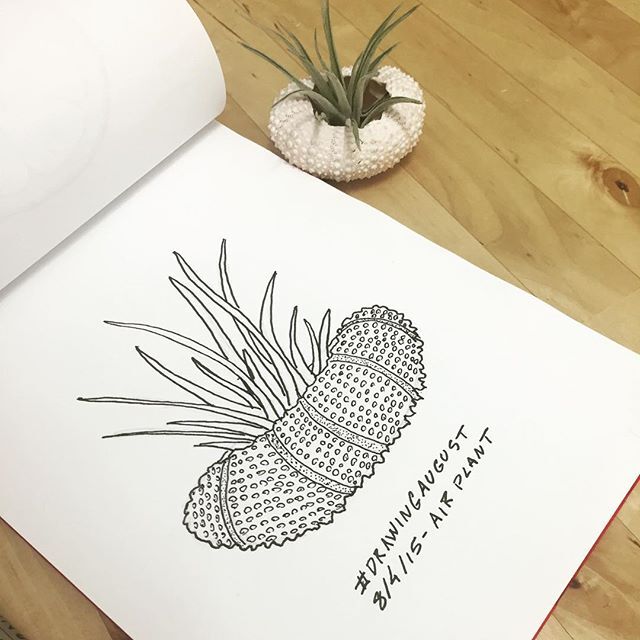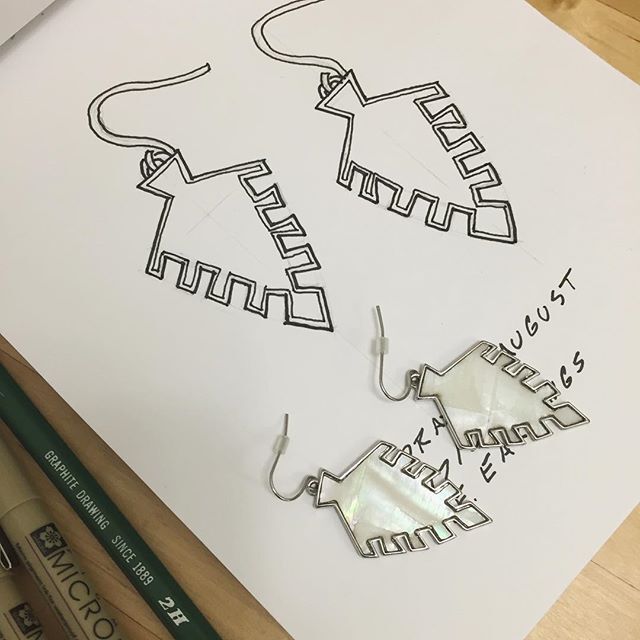Spinning Cashmere
/2 ounces of cashmere ended up in my fiber stash innocently enough. A friend of mine asked me if I would spin it for her and, of course, I agreed. She’s an awesome friend who deserves handspun, and I wanted to spin cashmere. It’s a win-win in my book. When the cashmere arrived it was as soft and lovely and amazing as I expected it would be. Then the doubt set in. Sure, I knew how to spin yarn, but most of my experience was with long-stapled, grabby wool. Everything I’ve read about cashmere told me it was slippery and had a relatively short staple length. Plus, I hadn’t figured out how to spin fine singles on my wheel yet which was what the cashmere would require. So the fiber sat for I don’t don’t know how long.
It wasn’t until my successful attempt spinning a 3-ply sock yarn during Tour de Fleece 2015 that I started seriously thinking about spinning the cashmere. Spinning that sock yarn meant that I’d finally figured out how to draft a fine yarn. That was half of the hurdle was gone. Now, only the fear of messing up the fiber - because I repeatedly read that it was hard to spin - was holding me back. I didn’t want to waste my friend’s cashmere. If the fiber had been mine, it’d probably still be sitting in fluffy little bundles. It’s not mine though, and I’d been holding on to it for long enough. The only thing left to do was start.
My end goal is to spin a 2-ply fingering weight yarn. Getting the wheel set up in the beginning with just the right amount of tension and twist took some fiddling. The first setting put twist into the fiber but didn’t pull it onto the bobbin. The second adjustment had too much twist and not enough uptake. The third attempt, on a larger whorl setting, was just right with enough twist and enough uptake.
I want the yarn to be lofty and airy so I went with a woolen style draft where the twist comes into the fiber supply — only a little twist though since I’m aiming for a fingering weight yarn. Then I waited for the spinning to be hard. I working my way through the second single at the moment, and I’m still waiting for the spinning to be hard. Has it taken more patience and attention? Definitely, but spinning cashmere isn’t the insurmountable challenge that I’d created in my head. Just goes to show that the only way to know that something is “hard”, is to not let fear hold you back and try it for yourself.
I am by no means an expert at spinning cashmere. Not even a little. I’m just fumbling along and finding what works. Are my singles perfect? No, but they’re fairly consistent and holding together. Fingers crossed that the pair doesn’t fall apart during plying - then I’ll have to take back that whole ‘I can spin cashmere’ thing. Stayed tuned for adventures in plying.








